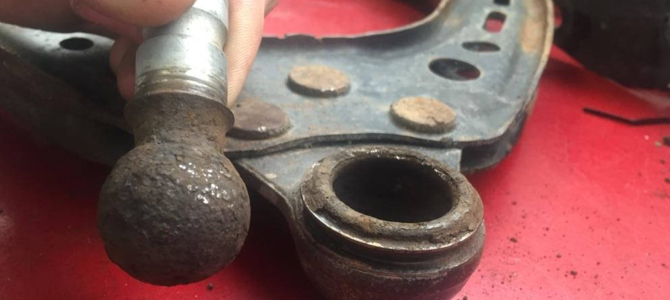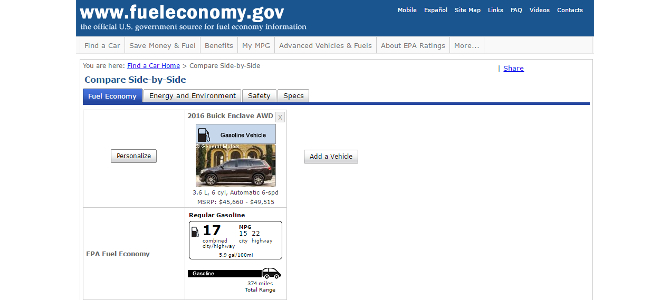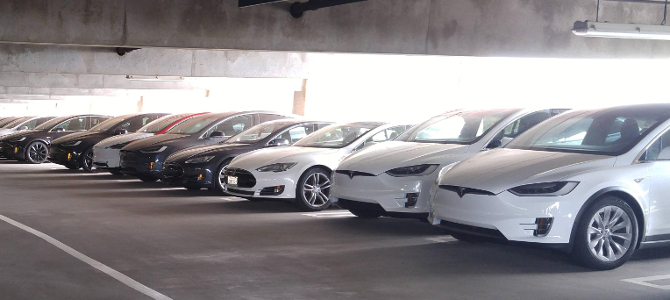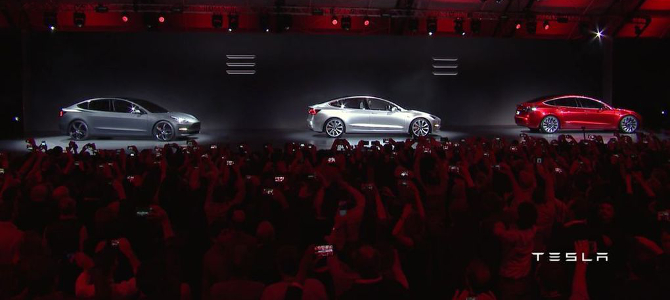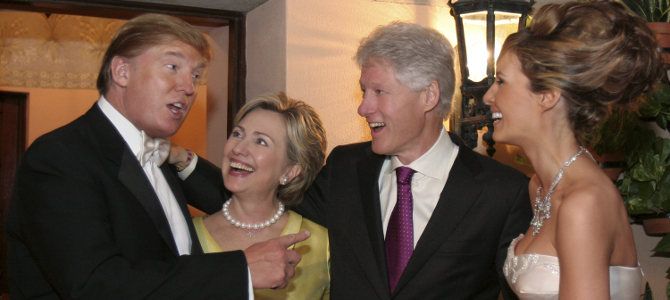
Capacity constrained: Monitors at Eisenmann paint shop in Volkswagen’s Chattanooga plant. A similar shop is at Tesla (Picture: Bertel Schmitt)
When Tesla CEO Elon Musk announced plans to produce 500,000 electric vehicles per year by 2018 and a million units per year by 2020, he set his young company on the most ambitious course of expansion the auto industry has ever seen. Without a clear historical precedent for Tesla’s meteoric trajectory and unconventional methods, it can be quite difficult to predict all the challenges this unique automaker might face or how it might approach them. Only one such challenge stands out as being as foreseeable as it is implacable: the environmental regulations that Tesla must navigate as it seeks to expand its Fremont, CA plant.
Because Tesla’s only factory is located in California’s densely-populated San Francisco Bay Area, the electric automaker’s manufacturing operations are subject to some of the toughest environmental regulations found anywhere in the US auto industry. The Daily Kanban has already reported on one instance of environmental permit non-compliance at Tesla’s Fremont plant, and our ongoing investigation in consultation with air quality permitting professionals reveals that Tesla’s unprecedented expansion plans will create equally unprecedented regulatory challenges. [ There is more … ]

